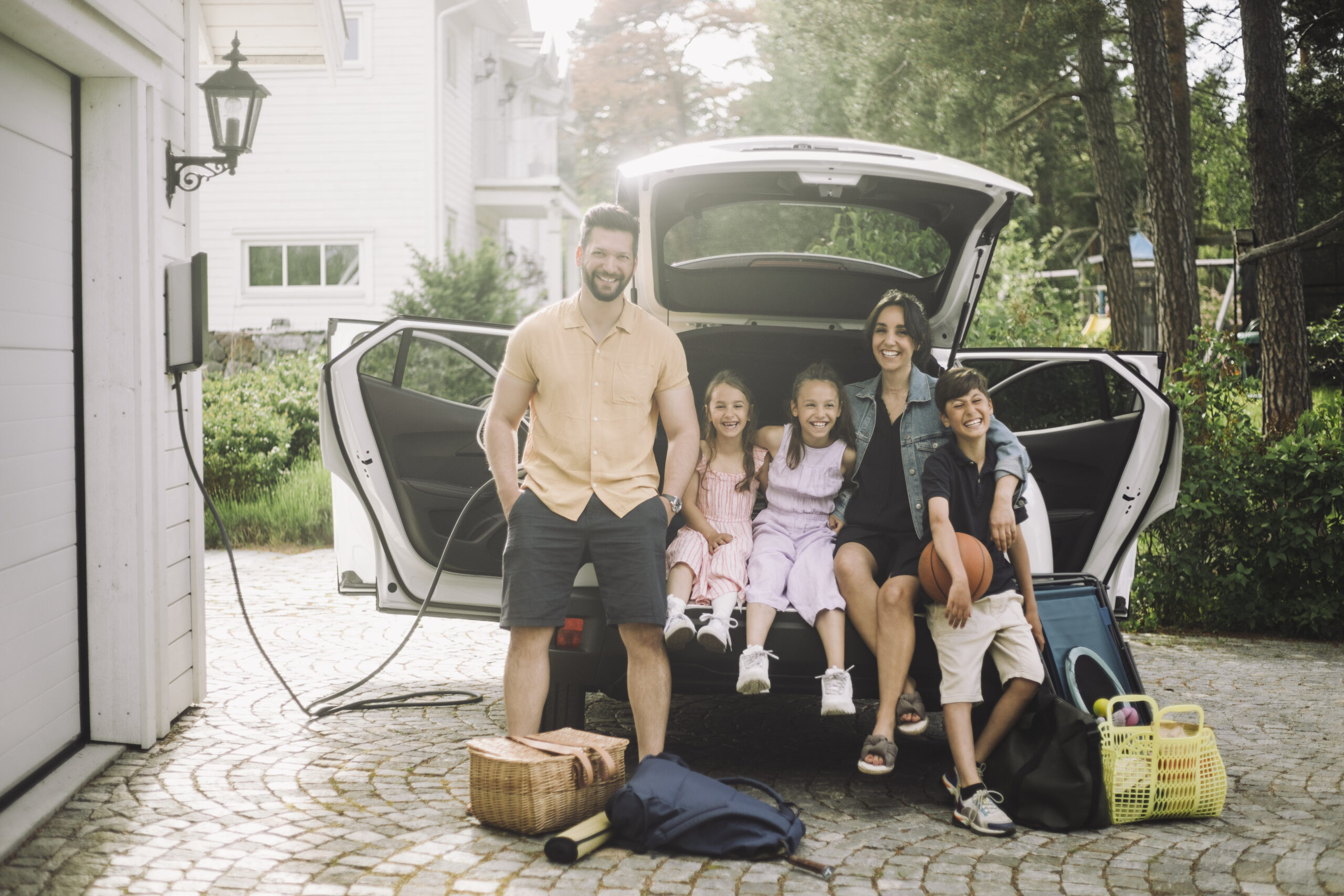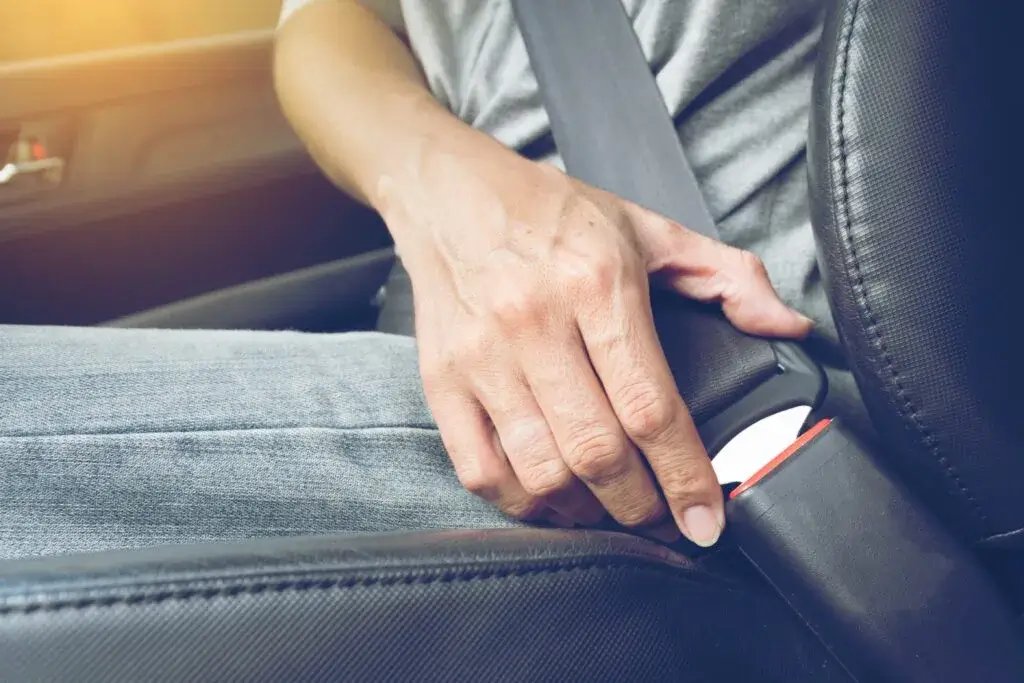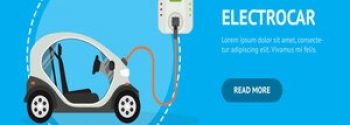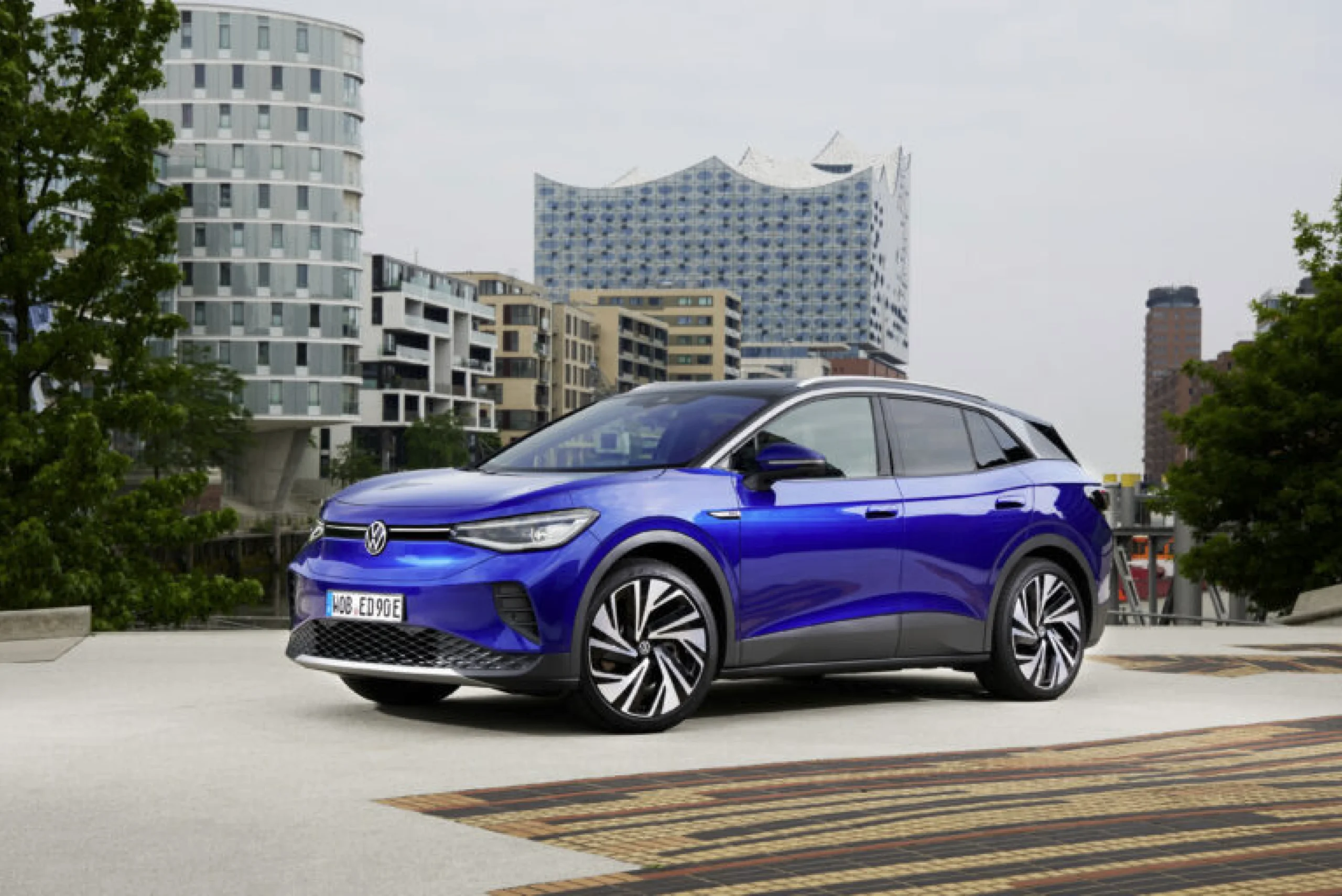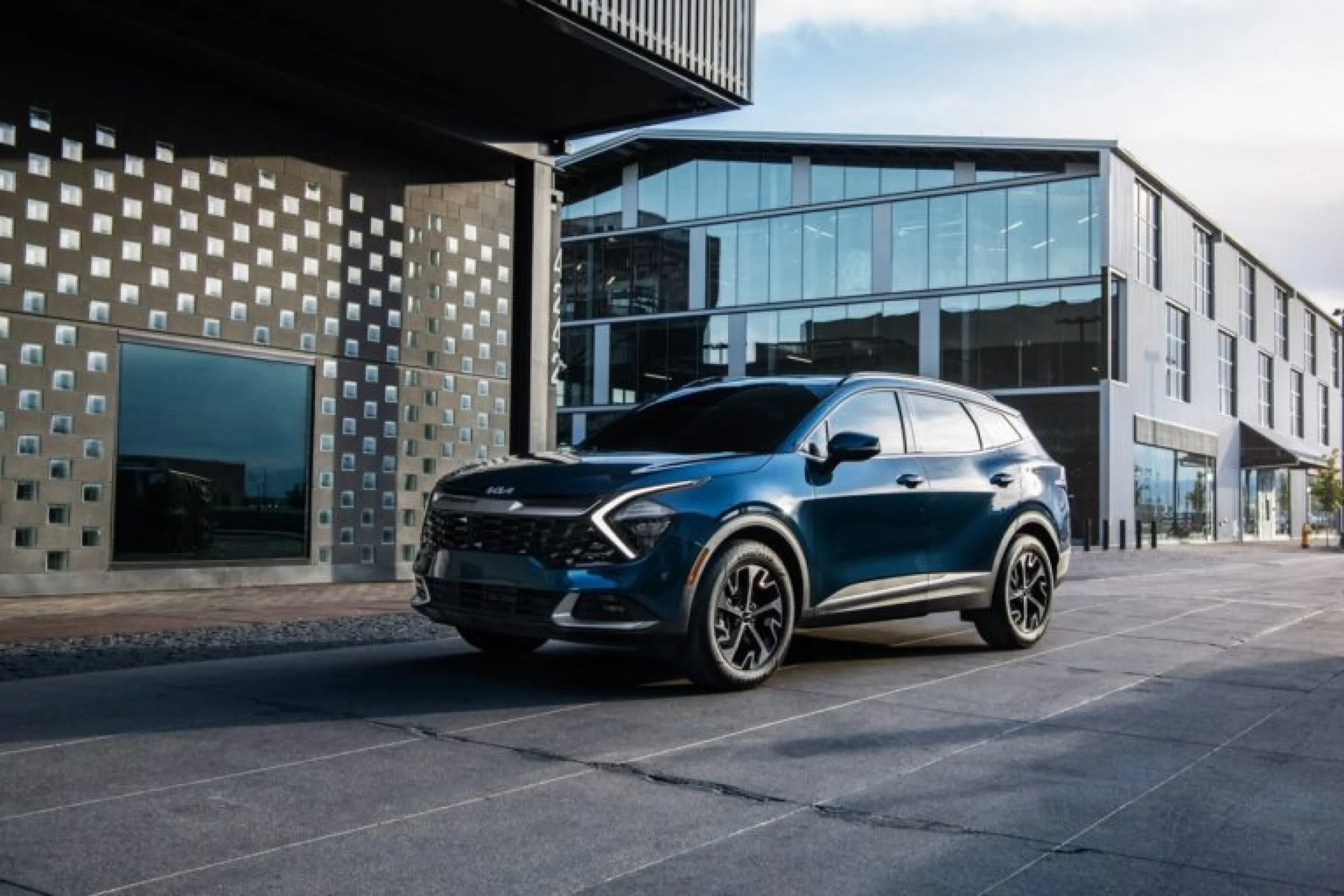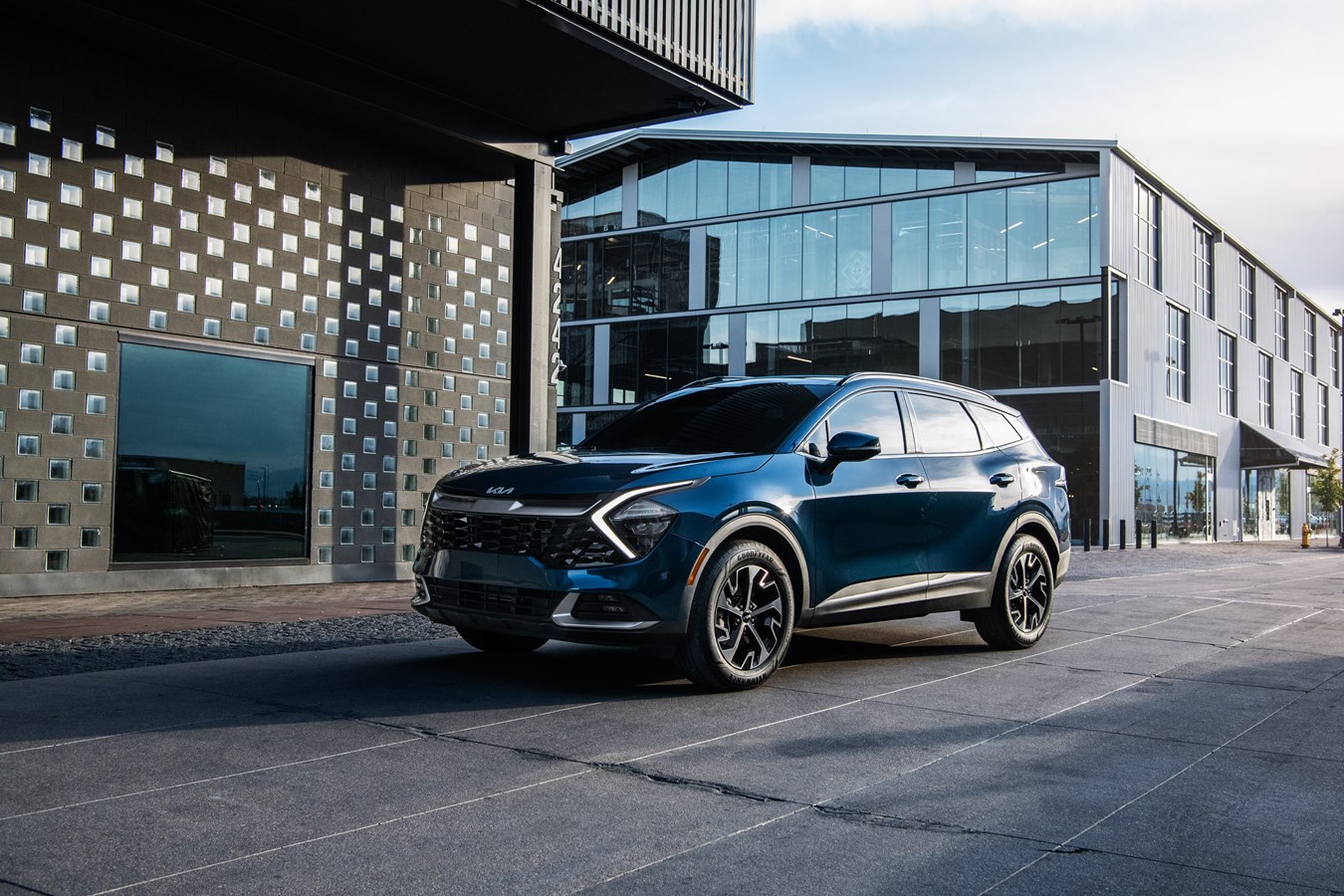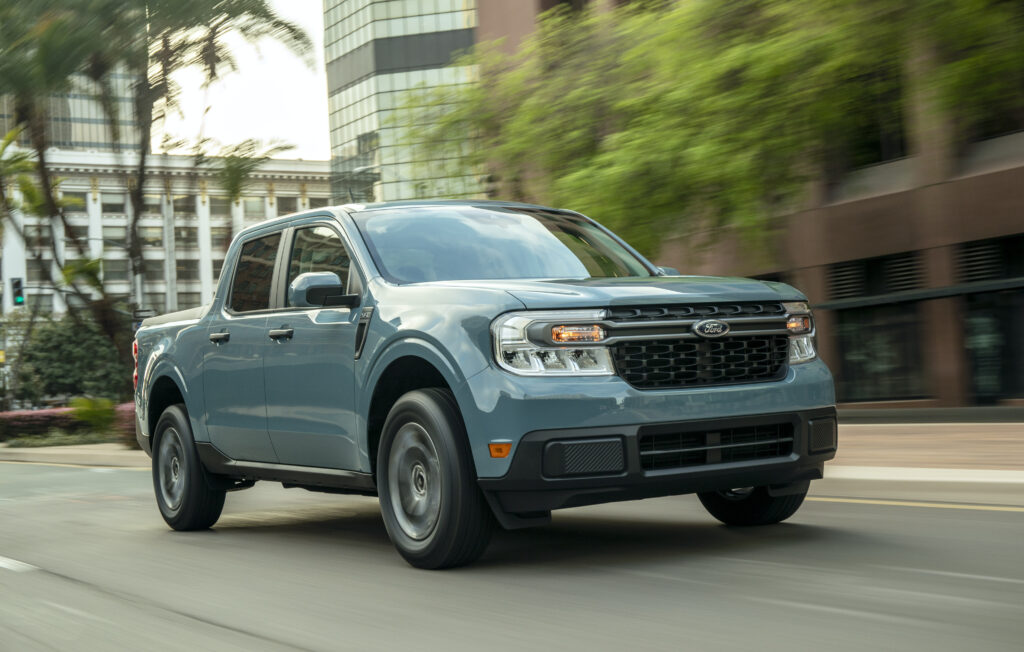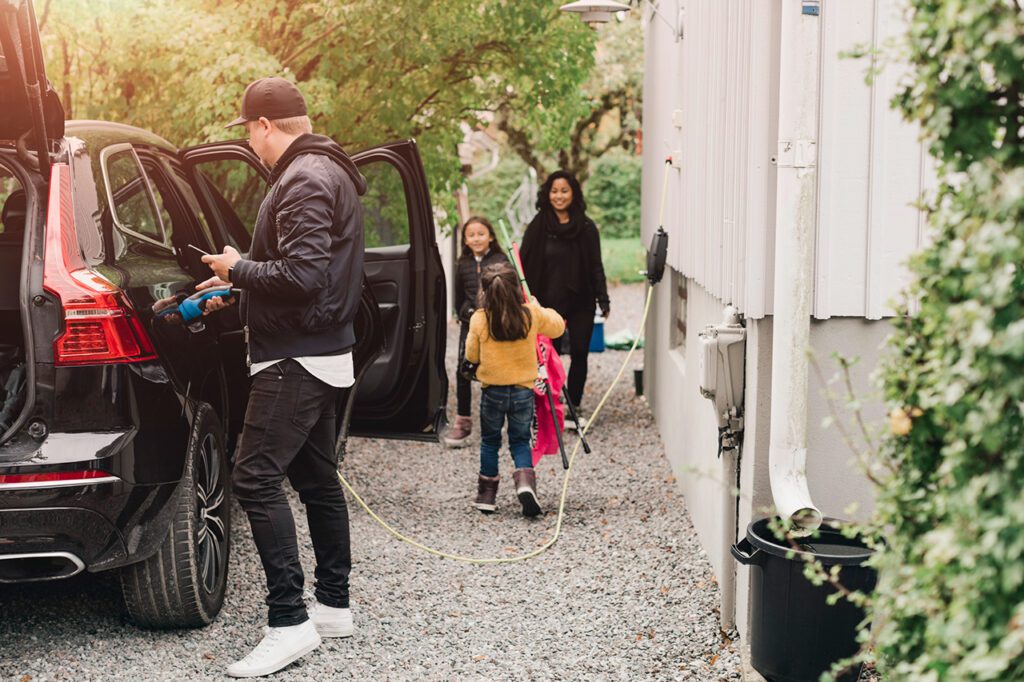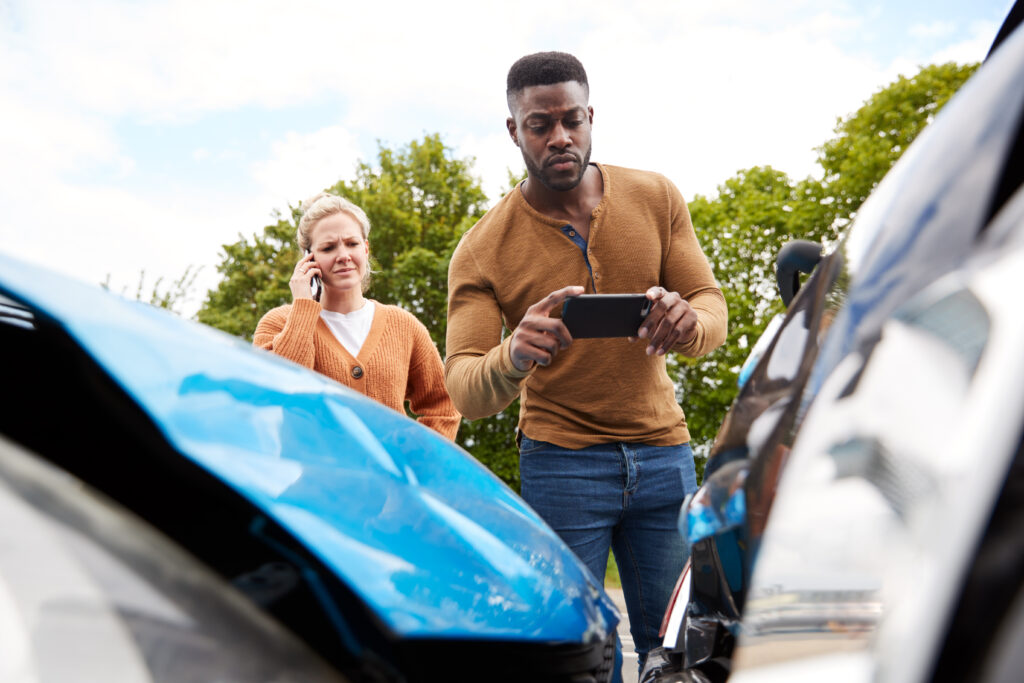
What is Micromobility?
For many of us, the idea of getting around our city without a car is still a distant dream. But in the ever-evolving landscape of urban transportation, a new concept has emerged, promising to transform the way we move around our cities: micromobility. From bustling metropolises to quiet suburban streets, micromobility solutions are revolutionizing the way people commute, reducing congestion, improving air quality and redefining urban mobility as we know it.
What Are Micromobility Devices?
Electric Scooters
Electric scooters – or e-scooters – have become a ubiquitous sight in many cities. These dockless two-wheeled vehicles offer an effortless and eco-friendly alternative to short car trips. Users can unlock and rent electric scooters via smartphone apps, making them a convenient choice for quick and flexible transportation.
- Average Speed: 15 mph
- Fully Charged Range: Up to 20 miles
Bicycles
Traditional bicycles have received a technological upgrade with the introduction of electric bicycles or e-bikes. These battery-powered bicycles make commuting easier, especially in hilly areas or over longer distances. Shared bike programs have gained popularity, allowing riders to rent bicycles for a nominal fee and return them to designated docking stations.
- Average Speed: 18 mph
- Fully Charged Range: Up to 30 miles
Electric Skateboards and Hoverboards
Electric scooters – or e-scooters – have become a ubiquitous sight in many cities. These dockless two-wheeled vehicles offer an effortless and eco-friendly alternative to short car trips. Users can unlock and rent electric scooters via smartphone apps, making them a convenient choice for quick and flexible transportation.
- Average Speed: 18-28 mph
- Fully Charged Range: Up to 20 miles
Tips for Beginners
- Plan your route and be aware of obstacles. It’s important that you know where you’re going and feel safe doing so. Like your app-based rental, you can use your phone to find the safest route. Pointz, like other popular traffic navigation apps, allows users to customize their route and uses crowdsourcing to improve route mapping and reflect real-time conditions. It even pre-rates roads on a 1-5 friendlessness scale. Riders can also submit rating updates and add additional information to the map like bike lane obstructions, dangerous intersections and more.
- Observe and follow traffic rules. Treat micromobility vehicles like any other form of transportation and adhere to traffic rules and regulations. Stop at traffic lights, be mindful of pedestrians, yield when required, and use designated lanes and paths where available.
- Choose the right vehicle. Consider the option that best suits your needs and more importantly – your comfort level. It’s important you feel confident and comfortable when operating the device.
- Familiarize yourself with the vehicle and start in a safe and open area. Begin in a spacious, low-traffic area, where you can practice. Take a few moments to become familiar with the controls – brakes, throttle, etc. This will help you gain confidence with its handling.
In Conclusion
Micromobility presents a promising solution to address the challenges of urban transportation. The diverse range of micromobility vehicles offer compact, eco-friendly and convenient options for short-distance travel. By reducing congestion, decreasing carbon emissions and promoting active lifestyles, micromobility has the potential to positively impact urban environments.
However, it is important to address safety concerns, regulatory frameworks and infrastructure development to ensure the safe integration of micromobility into existing transportation systems. Continued research, collaboration and innovation in the field of micromobility will be key to maximizing its benefits while addressing potential challenges and ensuring equitable access for all users.
AAA’s Recommendation: Whether you own an electric vehicle or a gas-powered car is up to you – and you should consider lots of factors in making that choice. No matter what type of vehicle you’re choosing, we recommend visiting a dealership, test driving one, and asking as many questions as possible to make an informed decision.
